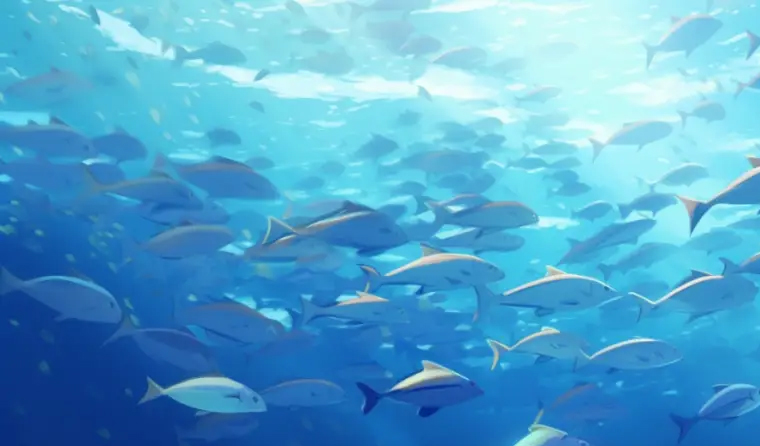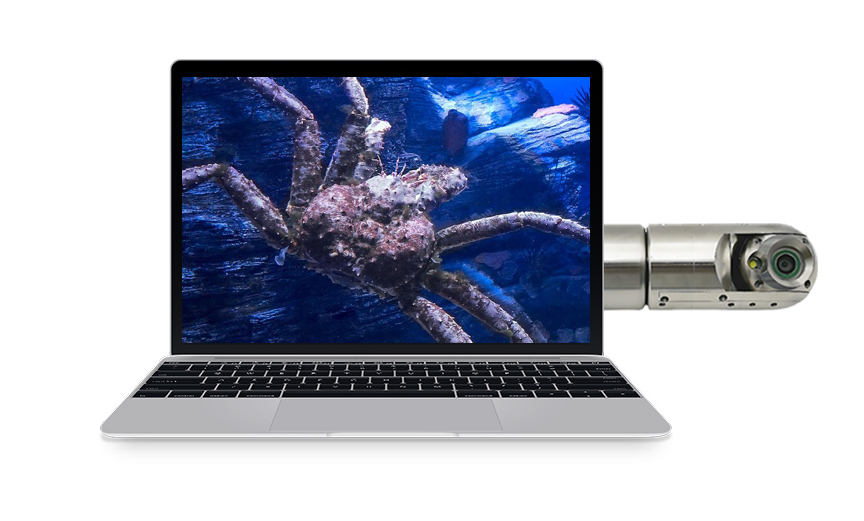How to Maintain Underwater Aquaculture Cameras to Extend Their Service Life
Hits: 892 Time: September 30,2025

Proper maintenance is key to mitigating the impact of harsh underwater environments (such as corrosion, sediment accumulation, and seal aging) on underwater aquaculture cameras, thereby significantly extending their service life. Below are targeted maintenance measures covering daily use, regular inspection, seasonal care, and post-fault handling:
Daily operations directly affect the camera’s short-term stability and long-term durability. Focus on "timely cleaning" and "correct operation" to avoid irreversible damage.
-
Clean immediately after retrieval (critical for saltwater environments):
After pulling the camera out of the water (especially seawater or high-salinity aquaculture water), rinse it thoroughly with fresh water within 30 minutes. Use a soft brush (e.g., a clean toothbrush) to gently scrub the lens, housing, and cable joints—this removes salt crystals, sediment, and organic residues (such as algae or fish mucus) that can cause long-term corrosion or lens blurring. Avoid using hard tools (like steel wool) to prevent scratching the lens coating or damaging the waterproof seal.
-
Avoid improper handling during use:
Do not drag the camera by its cable (to prevent joint loosening or cable breakage); use a dedicated lifting rope or fixture to lower/retrieve it. When adjusting the camera’s angle underwater, avoid colliding it with cage frames, rocks, or aquatic equipment—impacts may deform the housing or crack the lens, compromising waterproof performance.
Schedule fixed-period inspections (recommended once every 1–2 months for frequent use; once every 3 months for occasional use) to identify and resolve minor issues before they become major faults.
-
Check the waterproof seal system (core of IP protection):
-
Inspect the lens cover, cable entry ports, and housing joints for signs of aging, cracking, or deformation—pay special attention to rubber gaskets or O-rings. If the seal appears hard, brittle, or has visible gaps, replace it immediately with the manufacturer’s original spare parts (generic seals may not match the housing size, leading to water ingress).
-
After each inspection, apply a thin layer of food-grade silicone grease to the seals (avoid petroleum-based lubricants, which can corrode rubber). This maintains the seal’s elasticity and enhances waterproofing.
-
Test functional performance:
Connect the camera to a monitor to check if the image is clear (no blurring, color distortion, or black screens), if the WDR function works normally (balances bright and dark areas), and if remote control (e.g., focal length adjustment) responds smoothly. Test the waterproof performance periodically (for cameras with detachable parts): immerse the sealed camera in shallow freshwater for 10–15 minutes, then check for internal moisture—this helps detect hidden seal leaks early.
-
Inspect cables and connectors:
Check the underwater cable for wear, cuts, or insulation peeling. For metal connectors, ensure they are free of rust (wipe with a dry cloth and apply anti-rust oil if needed). Tighten loose connectors to prevent water from seeping into the circuit through cable gaps.
Aquaculture scenarios (e.g., pond drainage in winter, off-seasons for cage culture) may require long-term storage of cameras. Improper storage can accelerate component aging.
-
Pre-storage treatment:
-
Clean the camera thoroughly with fresh water, then dry it completely (use a clean towel to wipe the surface; air-dry the interior of detachable parts in a well-ventilated, shaded area—avoid direct sunlight, which can fade the housing and crack seals).
-
Remove batteries (if the camera uses them) to prevent leakage and corrosion of the circuit board.
-
Wrap the camera and cables in a soft, dry cloth (avoid plastic bags, which trap moisture) and store them in a cool, dry environment (temperature: 5–25°C; humidity: <60%). Keep them away from corrosive substances (e.g., fertilizers, pesticides) or sharp objects.
-
Seasonal adaptation for extreme environments:
-
In cold regions (water temperature below 0°C), use cameras with anti-freezing designs; if ice forms on the lens, melt it with lukewarm water (not hot water) to avoid lens cracking due to thermal shock.
-
In high-temperature seasons (water temperature above 30°C), reduce the camera’s continuous working time (e.g., avoid 24/7 operation) to prevent overheating of the internal circuit board, which can shorten the lifespan of the image sensor.
If the camera malfunctions (e.g., water ingress, no image, abnormal noise), do not disassemble it randomly—incorrect handling may worsen the problem.
-
Emergency handling for water ingress:
Immediately power off the camera, remove it from the water, and dry the surface. Disassemble the housing (following the manufacturer’s manual) to wipe off internal moisture with absorbent paper (e.g., tissue), then air-dry it in a low-temperature (≤40°C) oven or well-ventilated area. Do not use a hair dryer (high temperature can damage components). After drying, test the circuit with a multimeter (if qualified) or send it to the manufacturer for repair.
-
Professional repair for core faults:
For issues like damaged image sensors, faulty WDR modules, or irreparable housing cracks, contact the original manufacturer or authorized service centers. Using non-original replacement parts (e.g., generic lenses, non-waterproof cables) may reduce the camera’s performance and shorten its service life.
By implementing the above maintenance measures, the service life of underwater aquaculture cameras can be extended from the typical 3–5 years to 6–8 years in some cases. Remember: maintenance should be "preventive rather than corrective"—regular care is far more cost-effective than replacing a faulty camera.
For more information about underwater aquaculture camera, please visit the homepage.




